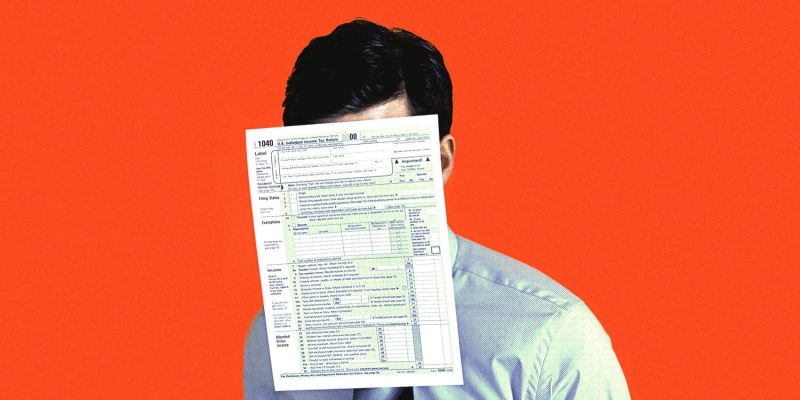Section 1: Understanding the Impact of Higher Tax Filing Costs
As tax season approaches, many individuals eagerly anticipate receiving their tax refunds, which can provide a financial boost or help cover essential expenses. However, recent developments suggest that higher tax filing costs could take a bite out of your refund. This article will delve into the reasons behind the rising costs, their potential impacts, and what individuals can do to alleviate these effects.
Section 2: The Rising Costs of Tax Filing
In recent years, the process of filing taxes has become more complex due to changing tax laws and regulations. This complexity has led many individuals to seek professional assistance to navigate the intricate tax landscape successfully. Consequently, tax preparation services have become increasingly in demand, causing the costs associated with tax filing to rise.
Furthermore, the implementation of new technology and software has added convenience to the tax filing process. While these tools offer various benefits, such as automating calculations and simplifying data entry, they often come at a price. Providers charge users for the use of their software or platforms, adding an additional cost to the overall tax filing process.
Section 3: The Impact on Your Refund
The escalating costs of tax filing can significantly impact the size of your tax refund. Higher expenses mean that a larger portion of your refund will be used to cover the costs associated with filing. This reduction in your refund can be frustrating, especially when you are reliant on the money to fulfill financial obligations or invest in personal ventures.
Moreover, individuals who rely on tax professionals to file their taxes may face additional fees for consultation or personalized assistance, further reducing their refund. These costs can accumulate, significantly impacting the overall financial situation of individuals who are already struggling to make ends meet.
Section 4: Alleviating the Effects
While higher tax filing costs may seem inevitable, there are steps individuals can take to alleviate their impact on their tax refund. Here are a few strategies to consider:
1. DIY tax filing: Individuals with straightforward tax situations can choose to file their taxes independently, utilizing free or low-cost tax software. This method can help bypass the need for hiring professionals or paying for expensive platforms.
2. Comparison shopping: When seeking professional assistance, individuals should compare prices and services offered by different tax preparation providers. By shopping around, individuals can identify the most affordable option that still meets their specific needs.
3. Early planning and organization: Prepare for tax season well in advance by staying organized and keeping track of necessary documents and receipts throughout the year. This proactive approach can reduce the need for extra assistance, potentially minimizing costs during tax filing.
Section 5: Conclusion
While it is disheartening to see higher tax filing costs potentially diminishing your tax refund, it is crucial to address this issue proactively. By understanding the reasons behind rising costs, individuals can explore alternative options, leverage technology, and adopt smart strategies to mitigate the impact on their refund. Remember, being informed and prepared is the key to navigating complex tax situations while ensuring that your hard-earned money is utilized most effectively.



























